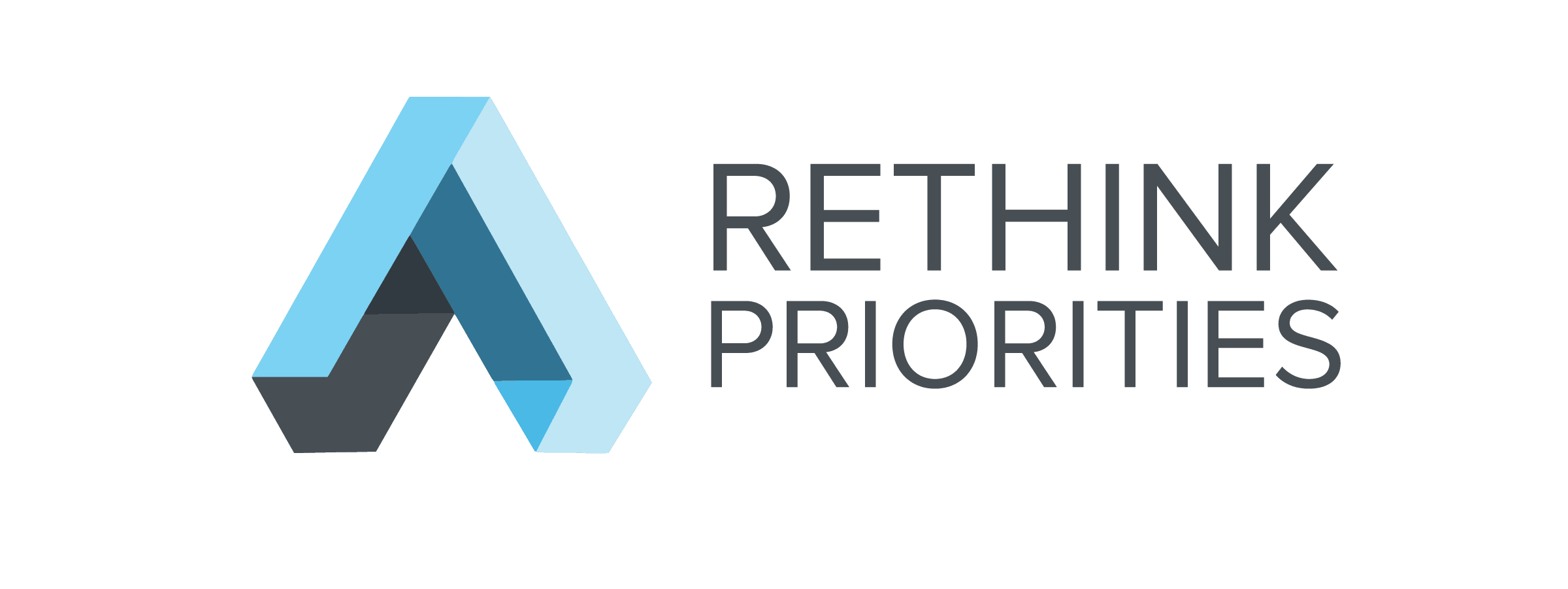Executive Summary
- Wild animals outnumber humans and captive animals by orders of magnitude. Hence, scalable interventions to improve the welfare of wild animals could have greater expected value than interventions on behalf of other groups.
- Yet, wild animals receive only a small share of resources earmarked for animal welfare causes. This may be because animal advocates are uncomfortable with relying on expected value maximization alone in a field beset by "complex cluelessness": There are compelling reasons for and against wild animal interventions, and none are clearly decisive.
- Reducing populations of fast life history strategists would likely reduce suffering. However, there is also reason to suspect fast life history strategists have enough rewarding experiences to increase aggregate welfare.
- Eliminating fundamental sources of suffering in natural habitats would reduce suffering. However, it could also differentially benefit species that many people believe have systematically worse lives.
- Prioritizing the most abundant groups of wild animals could generate the largest increases in aggregate welfare. However, the most abundant wild animals have relatively low and vague probabilities of sentience.
- Regardless of risk attitudes, inaction on wild animal welfare is difficult to justify.
- There are no areas of animal welfare with a larger scale.
- Even if the aggregate welfare of wild animals is net-positive, it is nevertheless almost certainly suboptimal.
- By accounting for considerations that decision-makers believe are relevant, incorporating risk aversion into expected value calculations may increase willingness to commit resources to wild animal welfare. Different types of risk aversion account for different types of uncertainty.
- Outcome risk aversion gives special consideration to avoiding worst-case scenarios.
- Difference-making risk aversion gives special consideration to ensuring that actions improve upon the status quo.
- Ambiguity aversion gives special consideration to reducing ignorance and choosing actions that have predictable outcomes.
- Different types of risk often disagree in their recommendations. A corollary is that robustness across different types of risk aversion increases choiceworthiness.
- Interventions that reduce suffering without altering the number or composition of wild animals have a greater probability of robustness to different types of risk aversion.
- Outcome risk aversion favors abundant groups of wild animals, while difference-making risk aversion favors wild animals who have a high probability of sentience.
- Ambiguity aversion is favorable towards research on wild animal welfare, whereas outcome and difference-making risk aversion only favor it under certain conditions.
- Risk aversion does not robustly favor farmed over wild animals or vice versa.
- Outcome risk aversion prioritizes wild animals due to their abundance.
- Difference-making risk aversion favors farmed animals. However, it also favors some diversification across types of animals.
- Ambiguity aversion favors helping farmed animals over wild animals, and basic research to help both groups.
- Although complex cluelessness affects many domains, wild animal welfare may be a particularly high-stakes example of it. Alternatively, moral uncertainty about the permissibility of interfering with nature may explain a reluctance to act on uncertain evidence.
Read the full report on Rethink Priorities' website or download the pdf.
Acknowledgments
The post was written by William McAuliffe. Thanks to Hayley Clatterbuck, Neil Dullaghan, Daniela Waldhorn, Bob Fischer, and Ben Stevenson for helpful feedback. The post is a project of Rethink Priorities, a global priority think-and-do tank, aiming to do good at scale. We research and implement pressing opportunities to make the world better. We act upon these opportunities by developing and implementing strategies, projects, and solutions to key issues. We do this work in close partnership with foundations and impact-focused non-profits or other entities. If you're interested in Rethink Priorities' work, please consider subscribing to our newsletter. You can explore our completed public work here.


(Minor edits for clarity.)
I think standard difference-making risk aversion, understood to not at all discount the modestly rarer cases where you cause vast amounts of net harm to invertebrates (and they turn out to be sentient and count substantially morally individually), will just count a lot against doing almost anything relative to inaction. Even modest levels of difference-making risk aversion?
Some responses:
And even if it does, people might ignore the solutions.
Thanks for sharing, William!
Forestation/Deforestation arguably robustly increase/decrease the number of wild animals. In contrast, improving the quality of lives seems pretty hard due to indirect effects. So it seems to me like figuring out whether wild animal welfare is positive or negative is quite an important question. If it could be answered robustly, there would be many interventions to decrease suffering or increase happiness of wild animals.